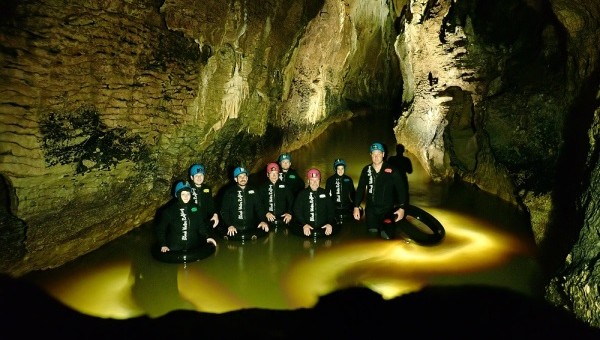Participant Safety
This below document provides guidelines for managing safety in outdoor or adventure activities. It covers various aspects such as gathering and providing safety information, pre-booking procedures, pre-activity briefings, screening participants, supervision systems, and record-keeping practices. The emphasis is on ensuring participants have the necessary information to make informed decisions about their participation, as well as implementing appropriate supervision and risk management procedures to minimise the risk of injury or accidents during the activities.
Download the full document here.


